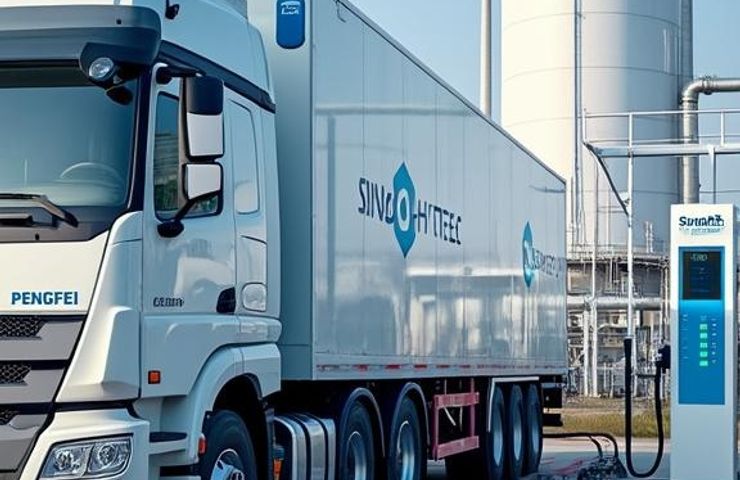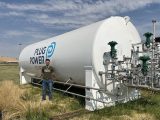
Hydrogen Fuel Cells: SinoHytec and Pengfei Group Launch Strategic Collaboration in Shanxi
August 25, 2025When two heavyweights of China’s hydrogen scene—SinoHytec and Pengfei Group—partnered up, it was more than just another deal. It’s a bold step towards transforming a region once chained to coal into a shining example of hydrogen infrastructure and industrial decarbonization.
Coal Byproducts Fuel a New Era
On August 18, 2025, the two inked a strategic cooperation agreement to supercharge R&D and roll out fuel cell technology across Lüliang in Shanxi Province. They’re not just talking – the program kicks off with 100 heavy-duty hydrogen fuel cell trucks and 250 logistics vehicles, hauling raw materials for coking plants and serving urban cold-chain routes.
Lüliang’s history is pretty straightforward: coal mining and coke ovens have ruled the roost, churning out a staggering 4.4 billion cubic meters of coke oven gas each year. Lucky for them, that byproduct is a goldmine: operators can tease out around 200,000 tonnes of hydrogen production annually—enough juice to keep a whole fleet of zero-emission trucks buzzing. The vision? Turn Shanxi’s industrial heartland into a real hydrogen production powerhouse.
From Lab to Highways
Founded in 2012, SinoHytec has been the quiet force behind cutting-edge R&D and the industrial rollout of hydrogen fuel cells engine systems for heavy transport. On the flip side, Pengfei Group handles everything from hydrogen production and storage to refueling and real-world application—not to mention managing a 70,000-strong heavy truck fleet. By pairing SinoHytec’s core fuel cell stacks with Pengfei’s refueling network and digital logistics know-how, they’re basically offering a one-stop shop for fleet operators.
Why This Partnership Matters
With China gunning for carbon neutrality by 2060, greening its traditional energy hubs is top of the agenda. This team-up ticks every box: speeding up the commercialization of hydrogen fuel cells, giving a leg-up to the coal region’s economy, and laying down a blueprint for reproducible hydrogen infrastructure networks across the country. Policymakers are already eyeing it as a go-to model for large-scale rollouts.
Opportunities and Hurdles
On the upside, they’re creating a full-circle supply chain—from turning coke oven gas into clean fuel to hitting the road with hydrogen-powered rigs. It’s a big win for opening new markets, slashing tailpipe emissions, and generating local jobs in tech, construction, and operations.
But let’s be real: switching to hydrogen fuel cells isn’t simply buying new trucks and calling it a day. Those zero-emission rigs still come with steeper price tags compared to diesel. Then factor in the headache of building rock-solid refueling stations, stress-testing every component under nonstop heavy-duty cycles, and blending the new fleet into existing supply chains. It’s a serious uphill climb.
Looking Ahead
This joint venture isn’t just a regional experiment—it’s the North Star guiding China’s push toward cleaner transport. Hit the mark on those first 350 vehicles, and you’ll likely see new hydrogen clusters popping up from Inner Mongolia to Guangdong. Plus, as production scales and prices keep sliding, the total cost of ownership should inch closer to diesel, lighting a fire under fleet operators to make the switch.
About the Companies
SinoHytec (founded 2012) specializes in R&D and the industrialization of hydrogen fuel cell engine systems for heavy-duty transport. Pengfei Group oversees the full hydrogen infrastructure chain—production, storage, transport, refueling, and applications—and operates one of China’s largest heavy truck fleets.



 With over 15 years of reporting hydrogen news, we are your premier source for the latest updates and insights in hydrogen and renewable energy.
With over 15 years of reporting hydrogen news, we are your premier source for the latest updates and insights in hydrogen and renewable energy.